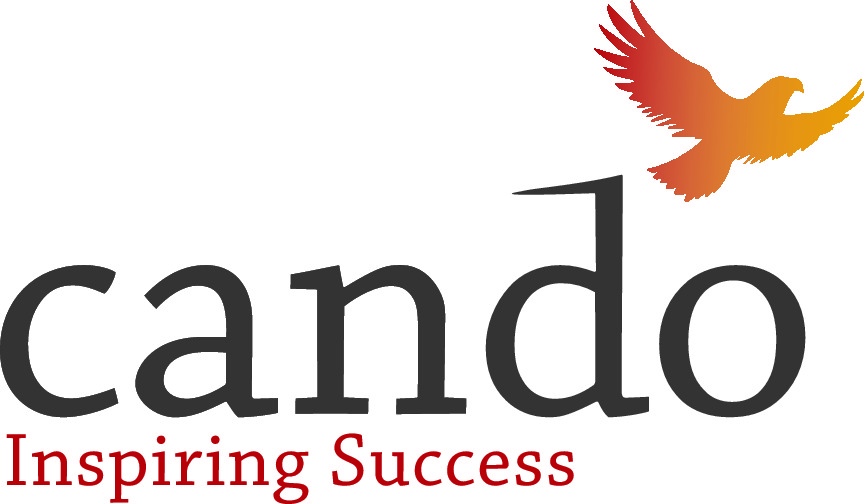The Artist’s Statement—Economic Reconciliation
DOI:
https://doi.org/10.29173/jaed7Keywords:
economic reconciliation, tipi, Turtle IslandAbstract
The outline of the tipi symbolizes community connectedness and a place of warmth, security, wellness, and sacred tradition and value. Inside the tipi, two individual vines intertwine: one representing corporate Canada and the government, and the other representing Indigenous peoples. The intertwining vines embody reconciliation between these two groups through acceptance, balance, understanding, and engagement. Both vines show a similar level of support, highlighting that Indigenous peoples are equally capable, powerful, knowledgeable, and hard-working as mainstream society. Together, through reconciliation, we can contribute greatly to the Canadian economy through our history, land, and resources. That’s why I chose to have the intertwined vines holding up the Earth (economy). The “Turtle Island” landmass on the Earth acknowledges the land of Indigenous peoples, affirming our equal right to be involved in shaping the economy. With a call to action, we can make it happen and increase opportunities for ourselves in the process. The image represents the vision of economic reconciliation, with the value of this vision held within the tipi. Through the intertwined vines and acknowledgment of Turtle Island, the image conveys the message that Indigenous peoples have an equal right to shape the Canadian economy. By taking action, we can make this vision a reality and increase opportunities for ourselves.
Downloads
Downloads
Published
Issue
Section
License
Copyright (c) 2023 Rebecca Brittain

This work is licensed under a Creative Commons Attribution-NonCommercial-NoDerivatives 4.0 International License.




